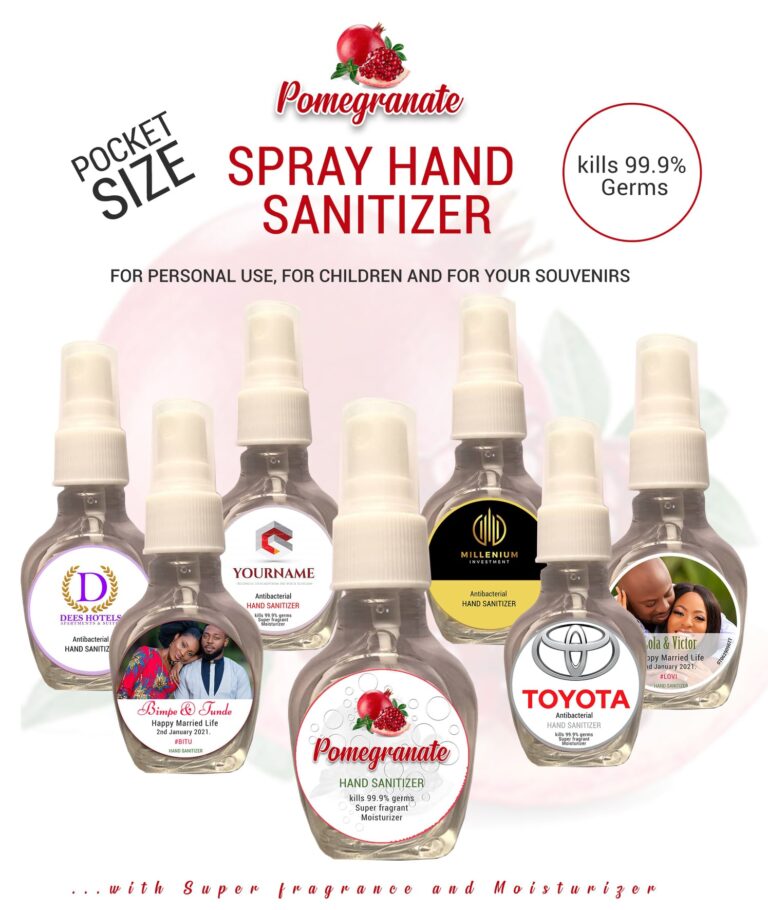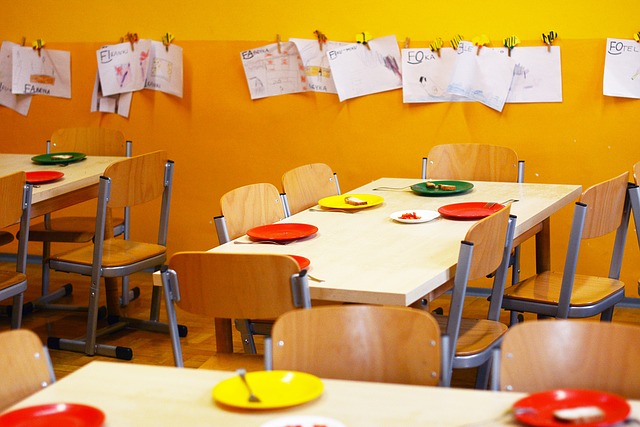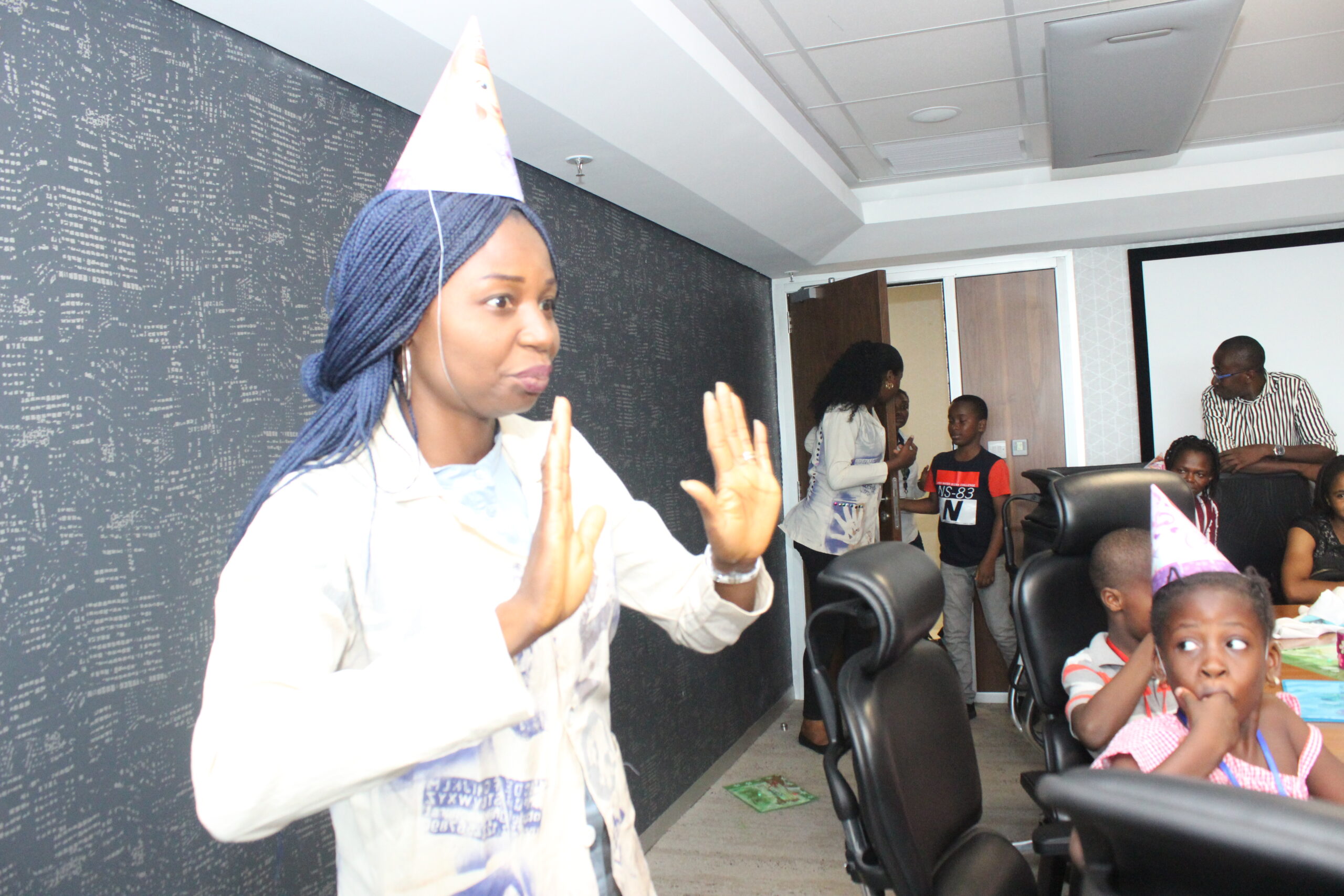The blue bottle experiment refers to a colourless solution in a flask is shaken. It turns blue and then gradually back to colourless. The cycle can be repeated many times.
Safety Precautions Potassium hydroxide is a corrosive solid; it is especially dangerous to eyes and may blister and burn skin. Avoid contact with eyes and skin and clean up all spills immediately. Methylene blue solution is slightly toxic by ingestion. Wear chemical splash goggles and chemical-resistant gloves and apron. Wash hands thoroughly with soap and water before leaving the laboratory.
- Dextrose (C6H12O6) 8 g
- Flask 500-mL or 2 Plastic bottle 100-ml, with cap or stopper to fit
- Methylene blue solution
- Potassium hydroxide, KOH, 8 g
- Spatula
- A 200ml bottle or and bigger size than 100ml you can find around you (cleaned)
- Water, distilled or deionized
Preparation
- To prepare the “blue bottle” solution, add 8 g of potassium hydroxide to 300 mL of water in a 500-mL flask. Stir until the solid is dissolved. Add 10 g of dextrose and a few drops of methylene blue indicator solution. Fill to the 500-mL mark, stopper or cap the flask, and mix thoroughly. Or if using a small 100ml bottle, with your spatula, add 2 spoons of potassium hydroxide to 50ml of water in a 100ml bottle, swirl until the solid dissolves. Then add 4 spoons of dextrose in another bottle of 100ml and 50ml water to dissolve the dextrose. Transfer both the potassium hydroxide solution and dextrose solution into the 200ml or bigger bottle, and add a few drops of methylene blue indicator solution.
Procedure
1. Allow the “blue bottle” solution to stand undisturbed in the stoppered flask until the solution is colorless. This may take a few minutes.
2. Show students the colorless solution, then gently shake the flask to obtain the blue color.
3. Wait patiently as the solution turns colorless again.
4. Repeat steps 2 and 3 and ask students to record observations and propose possible tests to explain the colorless– blue–colorless sequence of color changes. The process can be repeated several times over a 10–15 minute period. Periodically remove the stopper to introduce more air (oxygen) into the reaction flask.
P.S
- (This experiment has a good visual impact and would be one way of stimulating interest in chemistry.)
- Methylene blue is a redox indicator and is colourless under reducing conditions but regains its blue colour when oxidized.
- The removal of the blue colour is caused by the glucose which, under alkaline conditions, is reducing the methylene blue to a colourless form. Shaking the solution admits oxygen, which re-oxidizes the methylene blue back to the blue form.
- To confirm that oxygen is responsible for the colour change, nitrogen can be bubbled through the solution for a couple of minutes to displace air from the solution and the flask. If the stopper is now replaced and the bottle shaken, no colour change will occur. Reintroducing the air by pouring the solution into another flask and shaking will restore the system.





